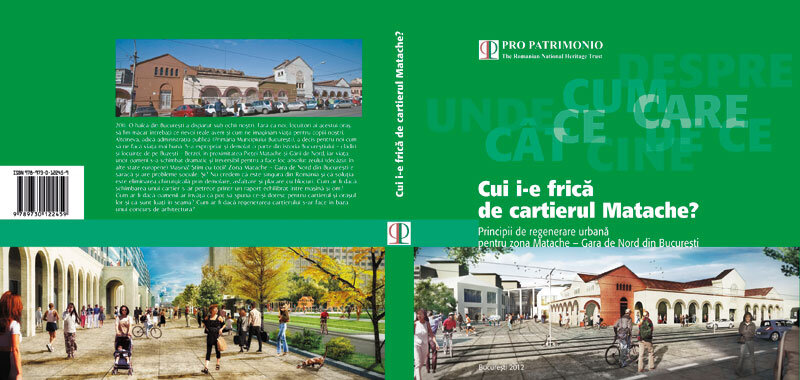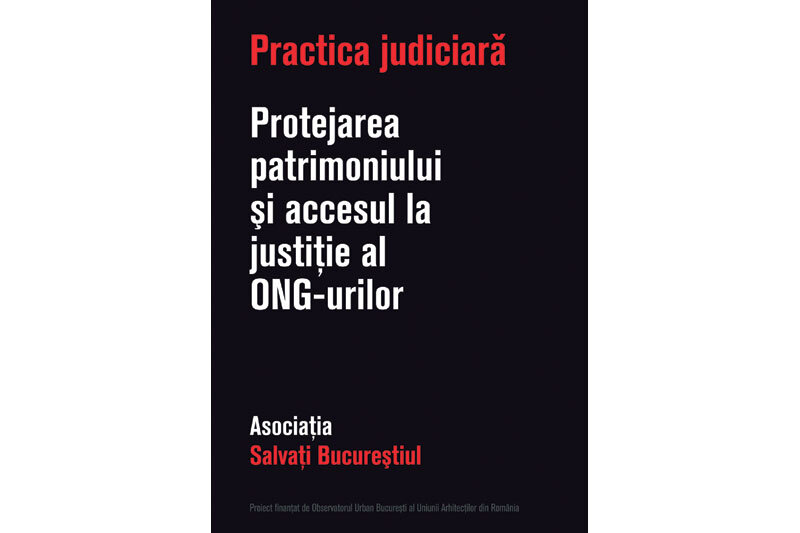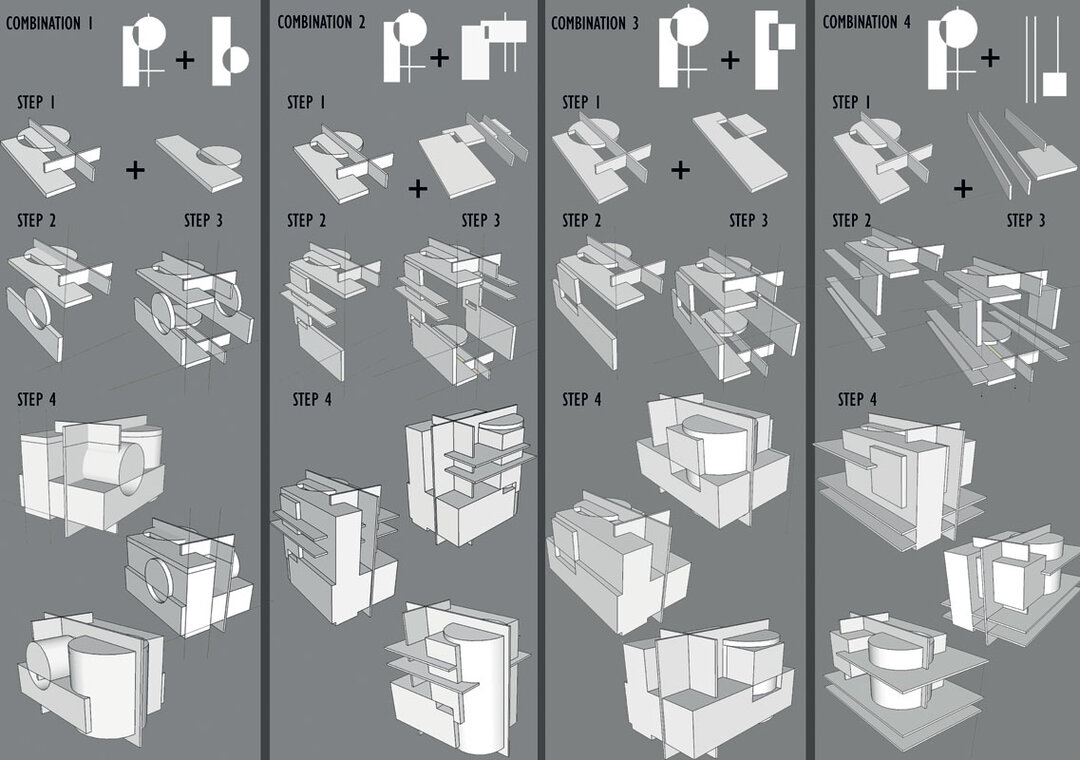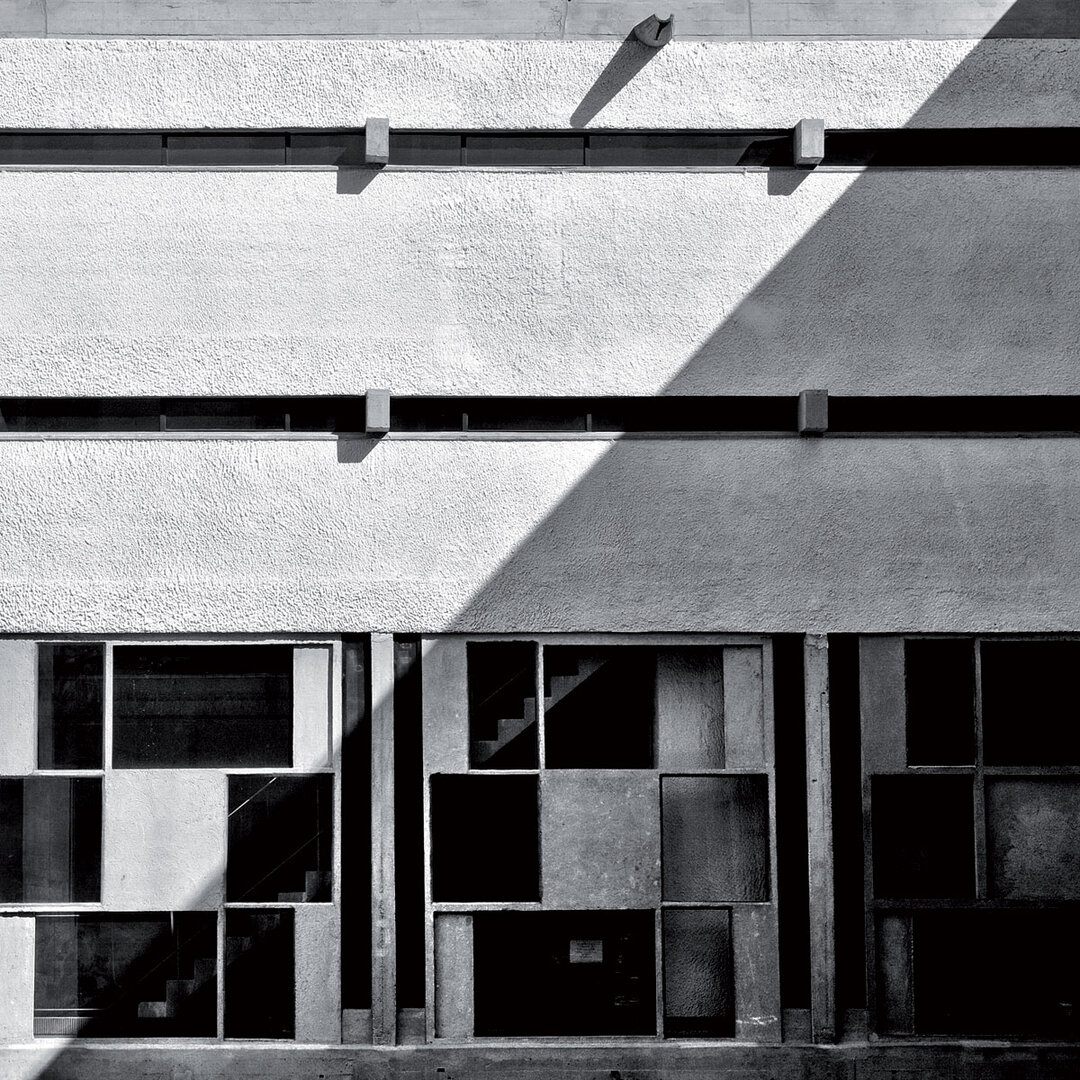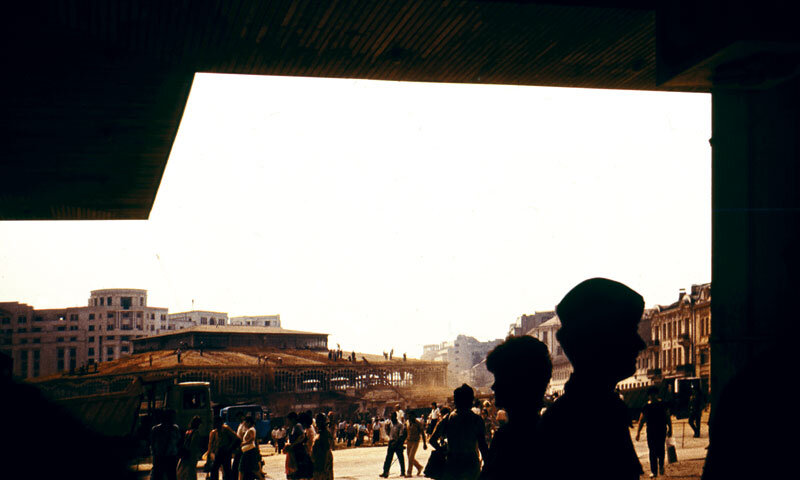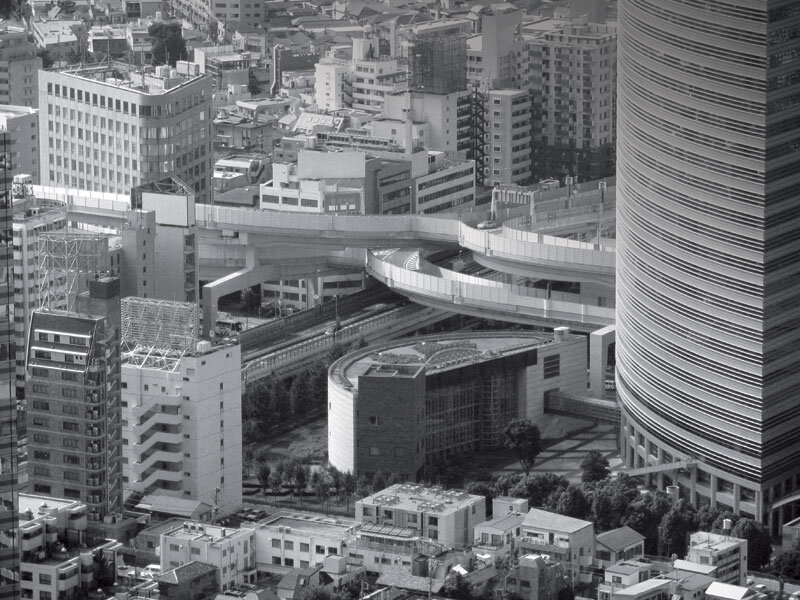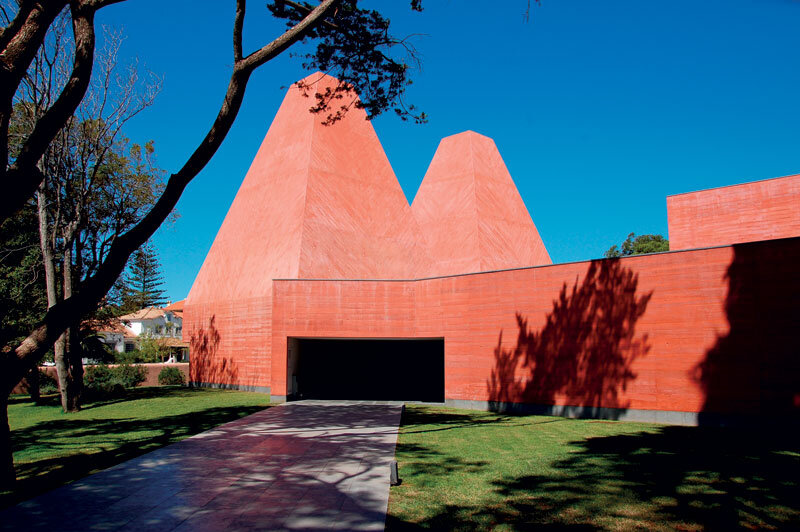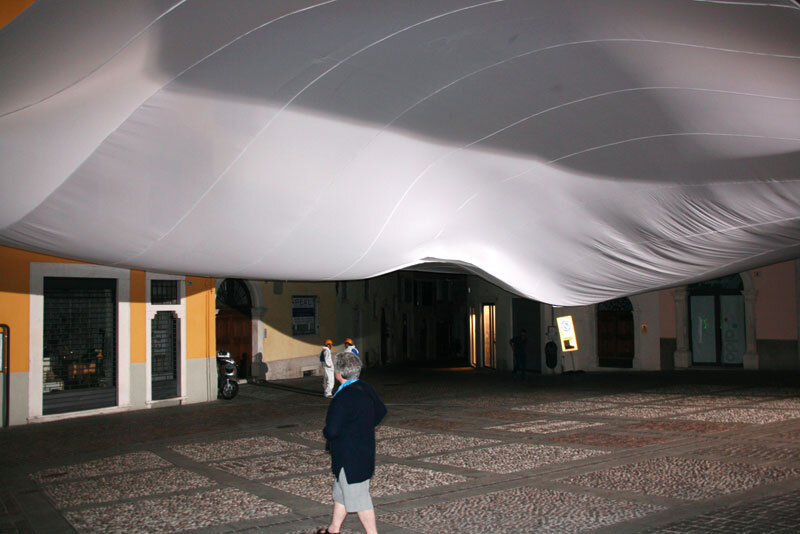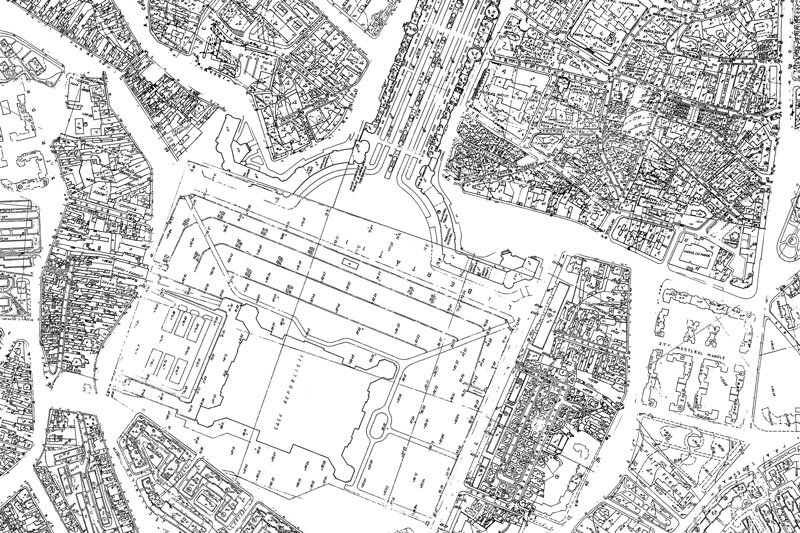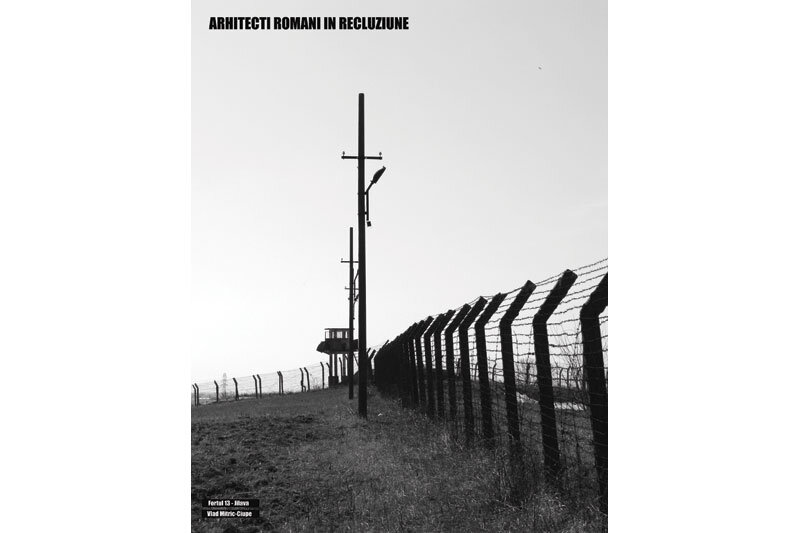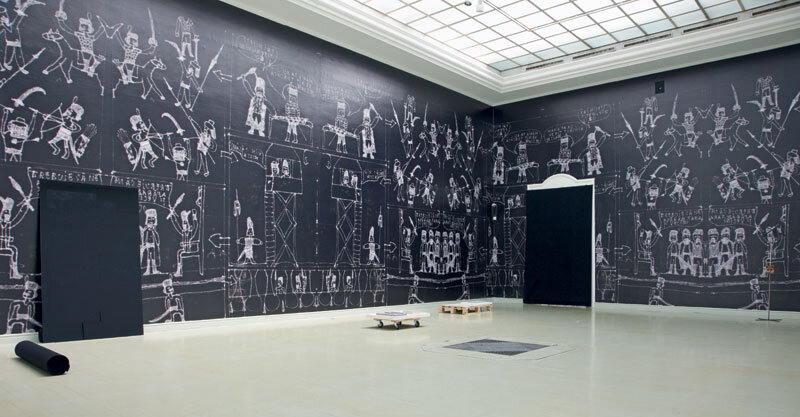
Heritage protection and access to justice for NGOs
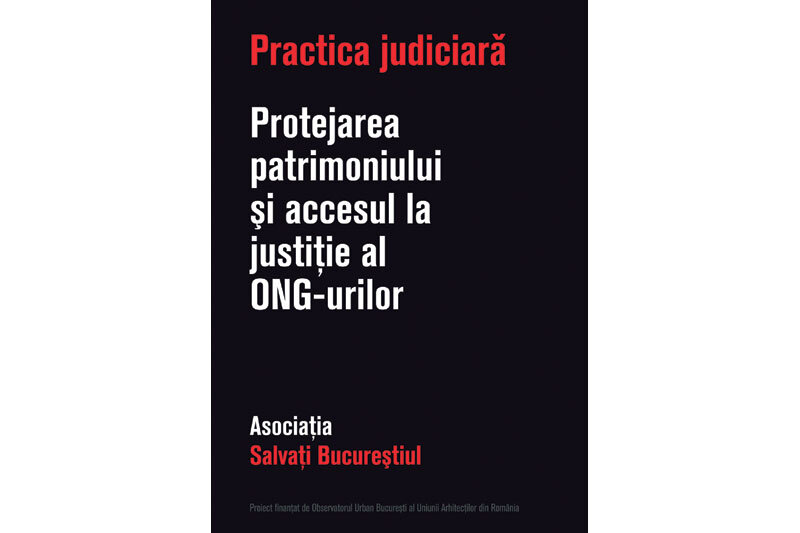
In 2008, when the Save Bucharest Association publicly launched its report Bucharest. Un dezastru urbanistic, claiming that the urban planning law needed to be changed, probably few believed in the will and power of civic society to act. The capital was faced with irreversible destruction of its urban and architectural heritage, the disappearance of green spaces, all in favor of new office buildings unrelated to the city and "neighborhood malls". At the same time, Bucharest's administration lacked professionalism and ethics, being a mere mechanical approval apparatus for real estate projects. What followed, despite political opposition, was the curbing of derogatory urban planning by amending the Urban Planning Law. But strict legislation had to be enforced, and this at a time when in Romania compliance with the law, even by state authorities, is a problem. The association's activists have realized that civic campaigns also need to mature, to go beyond the stage of pointless criticism at round tables and in leaflets. From 2008 to date, with a team of between 2 and 6 members, the association has won 23 court cases in which it has stopped or delayed projects disastrous for the environment and cultural heritage of Bucharest, organized numerous street actions and debates, assisted hundreds of citizens directly affected by urban planning problems in Bucharest to claim their constitutionally guaranteed rights in court and improved many legislative projects in the areas for which it campaigns. The guide Judicial Practice. Protecting Heritage and NGOs' Access to Justice, using examples of cases won by NGOs across the country, shows that appealing to the courts is the most effective lever that civic campaigns have to safeguard important heritage sites or improve legislation in this field. Just as access to justice has proven effective in the Save Bucharest and Save Rosia Montana campaigns, it can become equally effective in other civic campaigns by Romanian NGOs. The collection is divided into three main sections: Suspension judgments, Annulment judgments and Judgments recognizing the right and standing of NGOs to access to justice. It describes the course of the proceedings, the main arguments of the parties and the reasons given by the competent courts for the judgments. Comments accompanying the judgments are linked to the status of the respective civic campaigns and the issues that gave rise to the disputes. It shows how the court ruling has influenced the development of the campaigns and the continuity of the NGOs' efforts.
"NGOs have gained wider access to information and have had the opportunity to debate, from an equal footing, specific issues facing a community's heritage assets at a particular point in time. These disputes have highlighted a number of inconsistencies, shortcomings and unfair situations in the regulation of heritage protection issues in Romanian law. The "litigious" experience has greatly increased the capacity of NGOs to make effective proposals to improve specific legislation and to increase the degree of participation of local communities in decisions affecting the fate of cultural heritage, says Dr. Liviu-Marius Harosa, lecturer at the Faculty of Law of the University of "Babeș-Bolyai", Cluj-Napoca, in the preface to the book. The book was produced as part of a project funded by the Romanian Union of Architects through the Urban Observatory.
The guide is also available online

